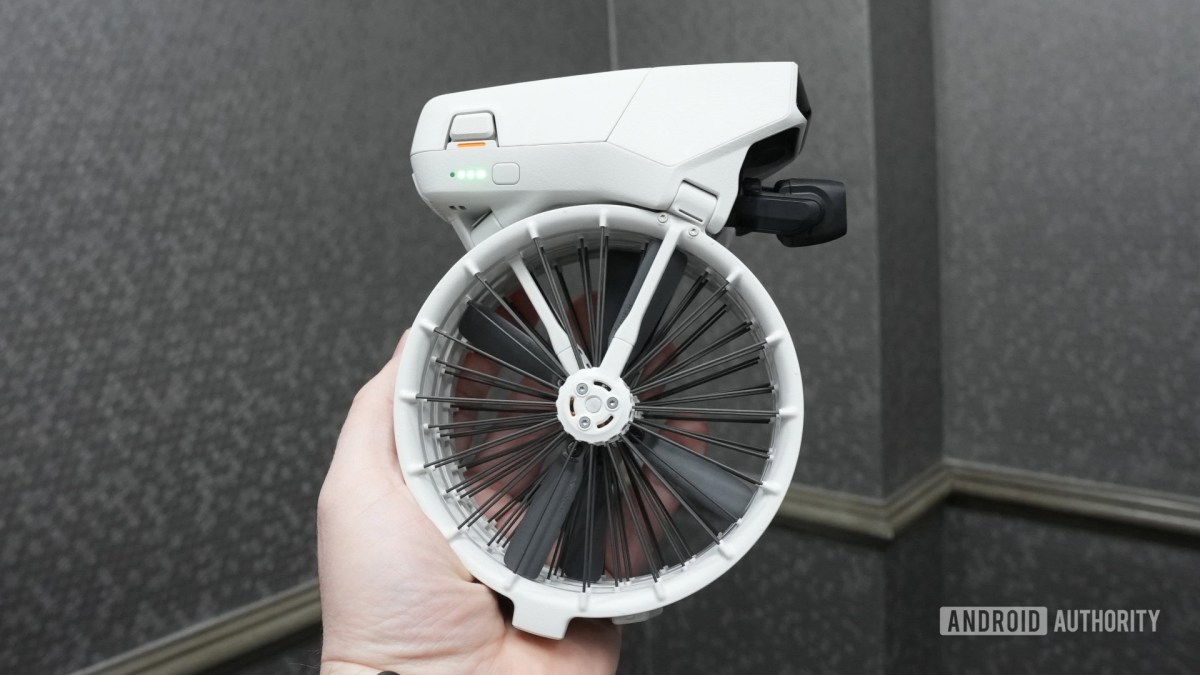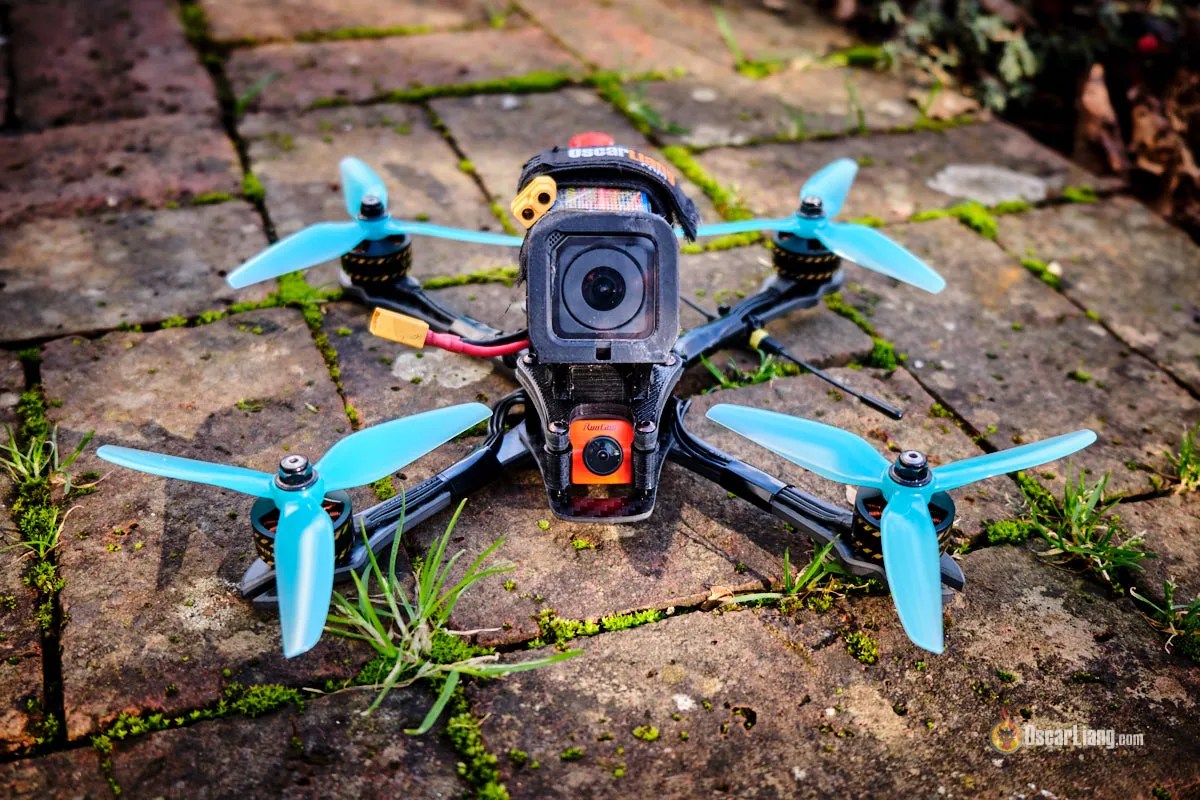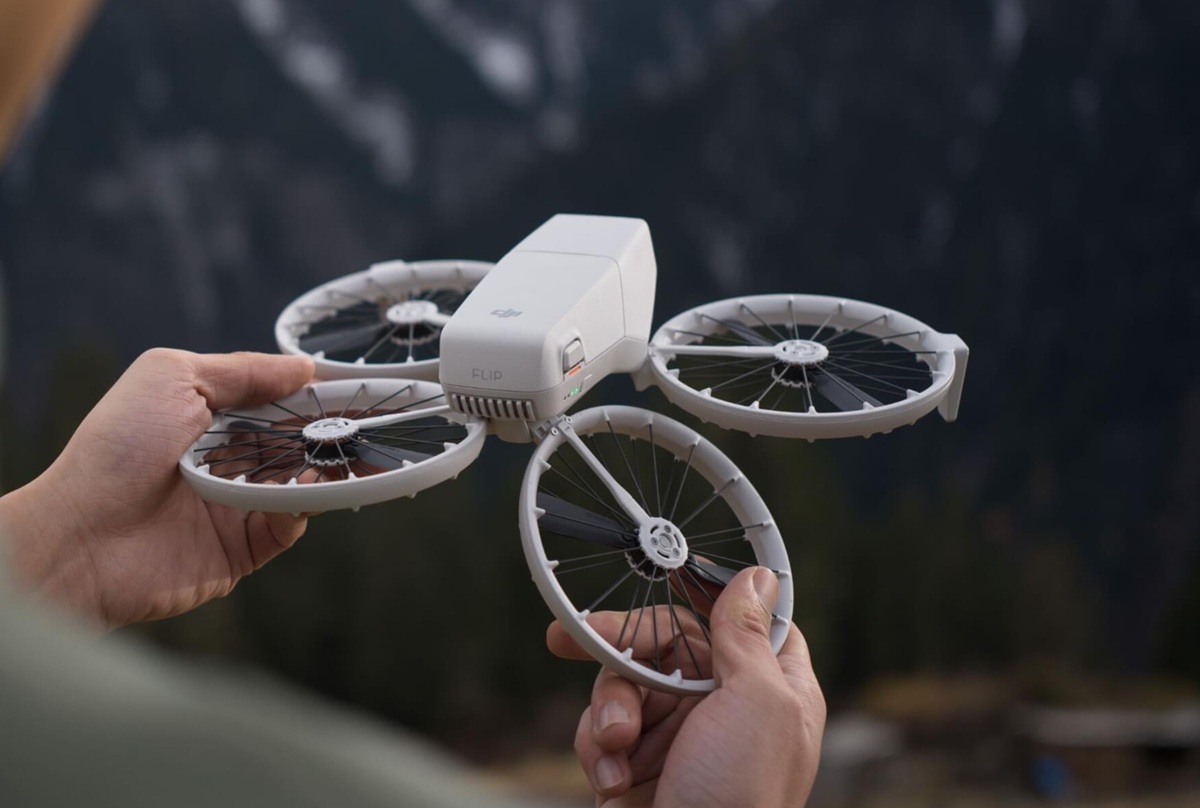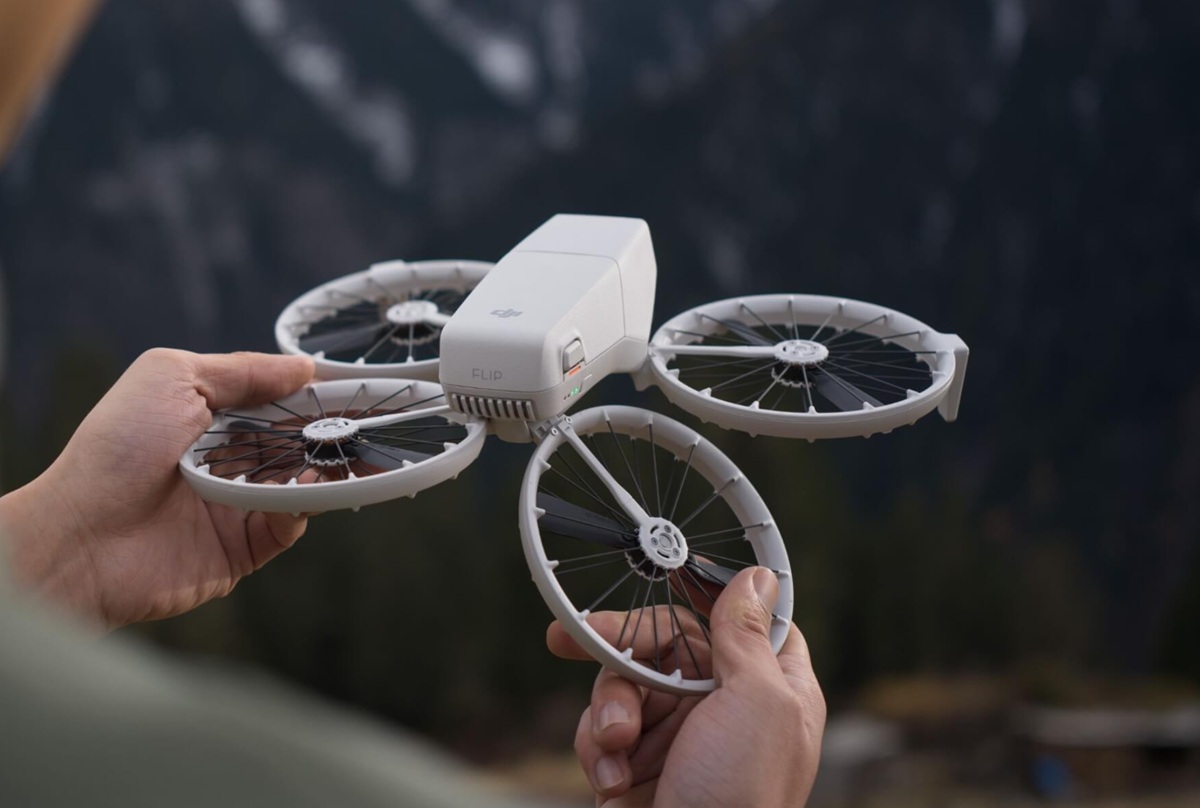DJI Flip Drone Only: Ready to dive into the world of compact, maneuverable drones? This guide explores everything you need to know about DJI’s line of “flip” drones, from their unique features and capabilities to pricing, safety, and accessories. We’ll cover the different models, ideal users, and even offer some tips for getting started. Get ready to take flight!
So you’re looking at DJI flip drones? They’re pretty cool, but if you’re after some serious celeb-level drone footage inspiration, check out the kind of gear used by professionals like Ben Affleck – you can find out more about his drone choices here: ben affleck drone. Seeing what pros use might give you ideas for your own DJI flip drone shots, helping you get creative with your angles and settings.
We’ll dissect the specifications, compare models, and explore what makes these drones stand out. Whether you’re a seasoned drone pilot or a complete beginner, this guide will provide valuable insights and practical advice to help you make an informed decision.
DJI Flip Drones: A Comprehensive Overview: Dji Flip Drone Only

DJI’s flip drones offer a compelling blend of portability, ease of use, and impressive image quality. This guide dives deep into the various models, their target audiences, market positioning, technical specifications, user experiences, safety considerations, and available accessories. We’ll explore what makes these drones stand out and who they’re designed for.
DJI Flip Drone Models and Features
While DJI doesn’t explicitly market all its drones as “flip” drones, several models are known for their compact, foldable design and ease of use, lending themselves to this informal categorization. This section details key features and performance comparisons of select models, focusing on their unique selling propositions.
The specific models vary over time as DJI releases new products and updates existing ones. However, common features include compact, foldable designs, intuitive controls, and impressive camera capabilities for their size. Flight performance varies based on factors like motor power and weight. Generally, these drones prioritize maneuverability and ease of use over extreme speed or extended flight times.
| Model | Weight (g) | Battery Life (min) | Camera Resolution (Video/Photo) | Flight Time (min) |
|---|---|---|---|---|
| DJI Mini 3 Pro (Example) | 249 | 34 | 4K/48MP | 34 |
| DJI Mini 2 (Example) | 249 | 31 | 4K/12MP | 31 |
| DJI Mavic Mini (Example – older model) | 249 | 30 | 2.7K/12MP | 30 |
Target User Profiles for DJI Flip Drones

Several user profiles find DJI flip drones particularly appealing. These include casual users seeking ease of use and portability, travel enthusiasts who want a compact and easily transportable drone, and hobbyists who prioritize image quality without complex controls. The reasons for preferring a flip drone often boil down to convenience and accessibility.
A marketing campaign targeting travel enthusiasts could focus on the drone’s portability and ability to capture stunning travel footage. Social media content could include short, visually engaging videos showcasing the drone’s ease of use in various travel settings (e.g., a bustling city street, a serene mountain landscape).
- Instagram posts featuring high-quality photos and videos taken with the drone in diverse travel locations.
- Short, engaging videos on TikTok showcasing the quick and easy setup and flight of the drone.
- Targeted Facebook ads reaching travel groups and communities.
Pricing and Market Positioning of DJI Flip Drones
DJI’s pricing strategy for flip drones reflects their positioning as premium, yet accessible, options within the broader consumer drone market. Factors influencing price include camera technology, flight performance, features, and overall build quality. DJI generally maintains a competitive pricing structure, aiming for market share through a balance of value and brand recognition.
A comparison with competitors reveals that DJI flip drones often sit in the mid-to-high range, balancing features and affordability. Their market positioning emphasizes portability, ease of use, and high-quality image capture, differentiating them from cheaper, less capable drones and more expensive, professional-grade models.
Technical Specifications and Performance
The technical specifications of a DJI flip drone’s camera vary by model, but typically include a relatively large sensor size (considering the drone’s size) and a wide aperture for good low-light performance. The video resolution usually reaches 4K, delivering high-quality footage. These specifications translate to sharp, detailed images and videos even in challenging lighting conditions.
The flight control system is generally designed for simplicity and stability. Features like GPS positioning and obstacle avoidance contribute to ease of use, even for beginners. The drone’s compact size and lightweight design also enhance maneuverability.
- Download and install the DJI Fly app on your smartphone.
- Power on the drone and connect it to your smartphone via Wi-Fi.
- Calibrate the compass and GPS.
- Check battery level and perform a pre-flight check.
- Choose a safe and open area for flight, adhering to local regulations.
- Take off and control the drone using the on-screen controls.
- Land the drone gently once finished.
User Reviews and Feedback

User reviews generally highlight the ease of use, portability, and image quality of DJI flip drones. Positive reviews often praise the intuitive controls, compact design, and impressive camera performance. However, some negative feedback points to limitations in flight time, range, and wind resistance. Specific model experiences vary, with some users favoring certain models over others based on individual needs and preferences.
Based on user feedback, DJI could potentially improve flight time, wind resistance, and range in future iterations. Addressing these concerns would enhance the overall user experience and further solidify the drones’ market position.
Safety and Legal Considerations
DJI flip drones incorporate several safety features, including GPS positioning, obstacle avoidance, and low-battery warnings. However, users are responsible for understanding and adhering to all local drone regulations. These regulations vary significantly by region, covering aspects such as flight altitude, airspace restrictions, and required registrations.
So you’re looking at DJI flip drones only? That’s cool! For some seriously creative shots, though, you might want to check out the unique perspective you can get with a puffing camera , which offers a totally different visual aesthetic. Ultimately, the best choice depends on your filming style, but exploring different camera options will definitely boost your DJI flip drone footage.
- Check local drone regulations before flying.
- Always maintain visual line of sight with the drone.
- Avoid flying near airports, crowds, or sensitive areas.
- Inspect the drone and battery before each flight.
- Never fly in adverse weather conditions.
Accessories and Add-ons, Dji flip drone only
A range of accessories enhances the functionality and versatility of DJI flip drones. These include extra batteries for extended flight times, carrying cases for protection and portability, ND filters for improved image quality in bright light, and propellers for replacement or customization. The benefits of using these accessories range from increased flight time and protection to improved image quality and drone customization.
A visual representation of a DJI flip drone with accessories might show the drone itself, with a carrying case attached, extra batteries stowed inside, and a set of spare propellers neatly packed alongside. The drone might also be depicted with an ND filter mounted on the camera lens, showcasing the full range of enhancements available.
Last Recap
So, are DJI flip drones the right choice for you? By weighing the pros and cons discussed here – considering factors like features, price, and intended use – you can confidently decide. Remember to prioritize safety and legality, and always check local regulations before flying. Happy flying!
So you’re into DJI Flip drones, huh? That’s cool! One thing to consider, especially if you’re carrying it around, is securing it properly. Understanding the different kinds of straps and what they mean for your equipment is key, check out this helpful guide on strap meaning to find the best fit for your DJI Flip drone.
Choosing the right strap helps prevent accidental drops and keeps your drone safe and sound.
FAQ
What is the flight range of a DJI flip drone?
Flight range varies depending on the model and conditions, but generally falls within a range of a few hundred meters.
Are DJI flip drones waterproof?
No, DJI flip drones are not generally waterproof. Avoid flying in rain or near water.
How long does the battery last on a DJI flip drone?
Battery life depends on the model and usage, but expect around 15-25 minutes of flight time per charge.
Can I use my phone as a controller for a DJI flip drone?
Yes, most DJI flip drones use a smartphone app for control, requiring a compatible device.
